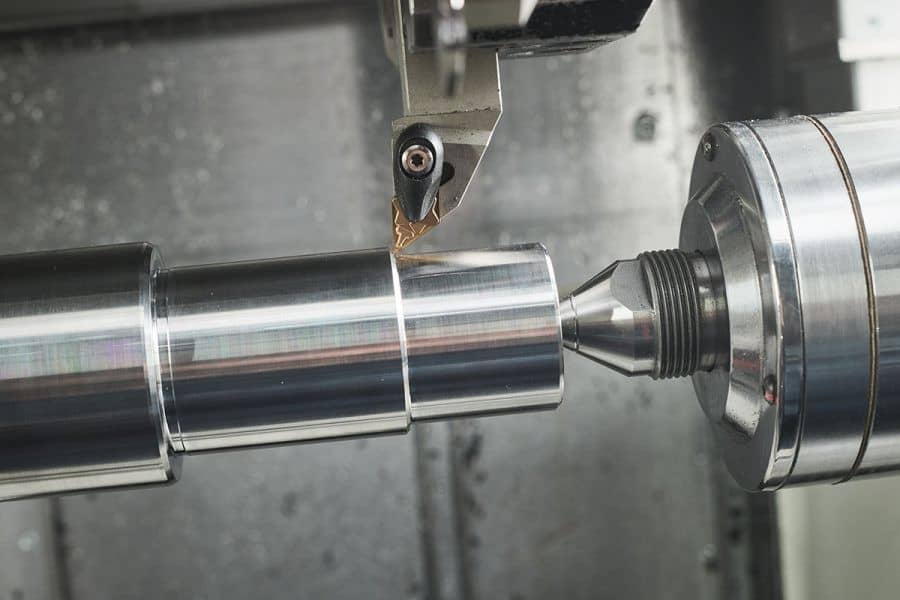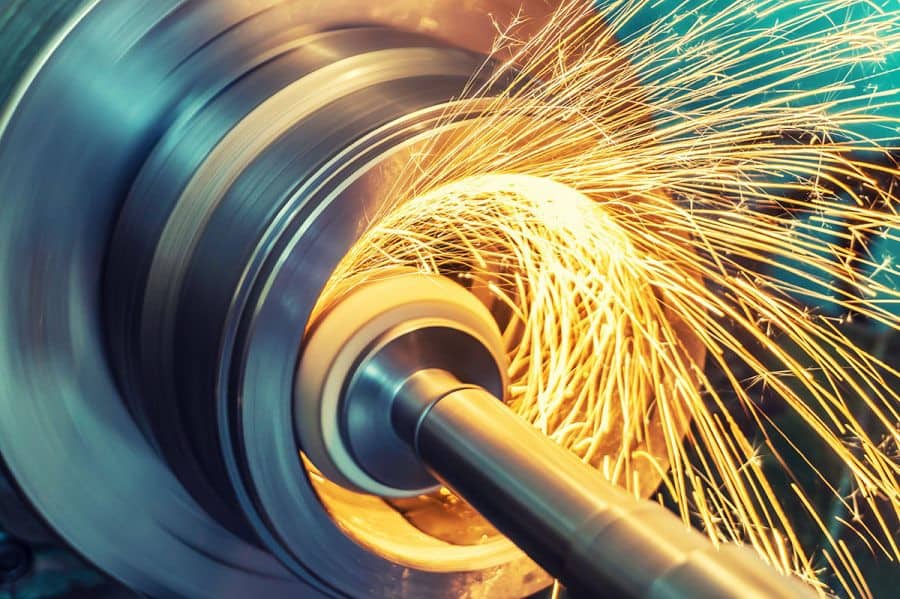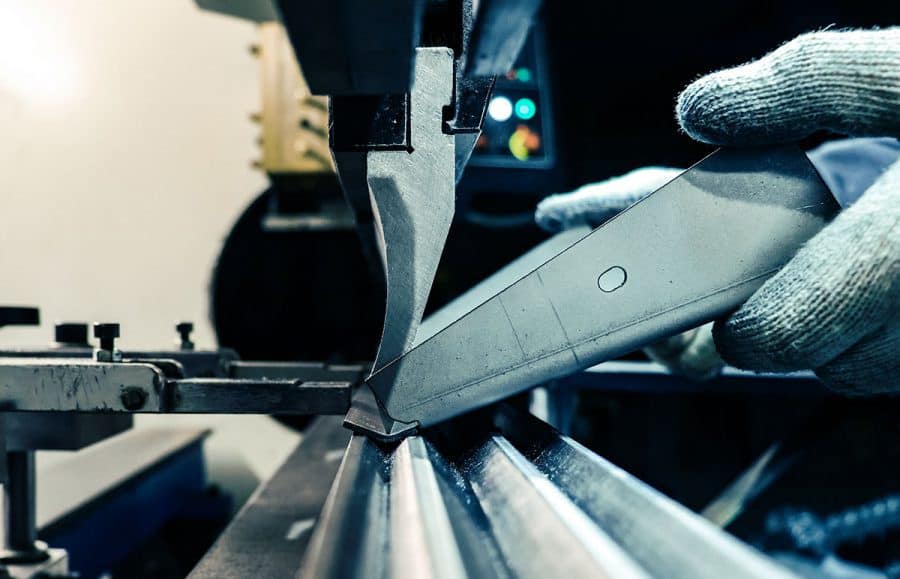An angle grinder is a versatile and powerful tool that can be used to cut metal with ease. However, it’s important to note that using an angle grinder can be dangerous and requires proper safety precautions to avoid injury. In this article, we will discuss the steps to safely use an angle grinder to cut metal, as well as the risks involved and safety tips to keep in mind. Step 1: Choose the Right Disc The first step to using an angle grinder to cut metal is to select the right type of disc. There are several different types of discs available, including cutting discs, grinding discs, and flap discs. For cutting metal, you’ll want to use a cutting disc, which is specifically designed for cutting through metal. Be sure to choose a disc that is the appropriate size for your angle grinder and material you are working with. Step 2: Prepare Your Workspace and Wear Appropriate Safety Gear Before you begin cutting, it’s important to prepare your workspace. Clear any debris or clutter from the area, and make sure that there is enough space for you to move freely. It’s also a good idea to wear protective gear, including safety face shield, earplugs, and gloves. Ensure there are no loose items hanging (such as a pull strap) on your clothing and safety gear that would get entangled in the grinder. Step 3: Secure the Metal Next, you’ll need to secure the metal that you’ll be cutting. Depending on the size and shape of the metal, you may need to use clamps or a vise to hold it securely in place. This will prevent the metal from shifting or moving while you’re cutting, which could be dangerous. If you notice your metal move at any time, turn off your grinder and re-secure your metal. Step 4: Position the Angle Grinder Once your workspace and metal are prepared, it’s time to position the angle grinder. Hold the grinder with both hands, and make sure that the disc is perpendicular to the metal. It’s important to keep a firm grip on the grinder at all times, and to maintain a steady and even pressure while cutting. There are 2 places to hold the grinder. The main body of the grinder and the 90 degree handle that can be attached to either side of the grinder. Ensure this handles is securely tightened to the grinder. Step 5: Begin Cutting With the angle grinder positioned correctly, it’s time to begin cutting. Turn on the grinder, and slowly lower the disc onto the metal. Move the grinder back and forth along the line that you want to cut, using a steady and even pressure. It is always best to mark you metal with a line of either a marker or scribe to help with accurate grinding. Avoid applying too much pressure or forcing the disc, as this can cause it to break or shatter. Risks and Safety Tips Using an angle grinder to cut metal can be dangerous if proper safety precautions are not taken. Here are some of the risks involved, as well as safety tips to keep in mind: Safety Tip: Wear protective gear, including safety face shield, earplugs, and gloves. Make sure that your workspace is clear and free of clutter, and keep a firm grip on the grinder at all times. Safety Tip: Make sure that your angle grinder is plugged into a grounded outlet. Avoid using extension cords, and never touch the grinder with wet hands or while standing on a wet surface. Safety Tip: Keep flammable materials away from your workspace, and make sure that you’re cutting in a well-ventilated area. Use a fire extinguisher or water to put out any fires that may occur. Safety Tip: Use a disc that is specifically designed for cutting metal, and make sure that it’s the appropriate size for your grinder. Check the disc for cracks or damage before using it, and replace it immediately if you notice any issues. Avoid applying too much pressure or forcing the disc, as this can cause it to break or shatter. Safety Tip: Maintain a firm grip on the grinder at all times, and keep a steady and even pressure while cutting. Avoid using excessive force or making sudden movements. Lastly, once you have completed you grinding, make sure you allow the grinding wheel to stop spinning before placing it on the table. The spinning wheel still has enough force if it were to touch the table to send the grinder flying across the room. In conclusion, using an angle grinder to cut metal can be a quick and efficient way to get the job done, but it’s important to take proper safety precautions to avoid injury. Make sure that you have the right type of disc for your grinder, and that your workspace is clear and free of clutter. Wear protective gear, keep a firm grip on the grinder at all times, and use a steady and even pressure while cutting. By following these safety tips, you can safely and effectively use an angle grinder to cut metal.










